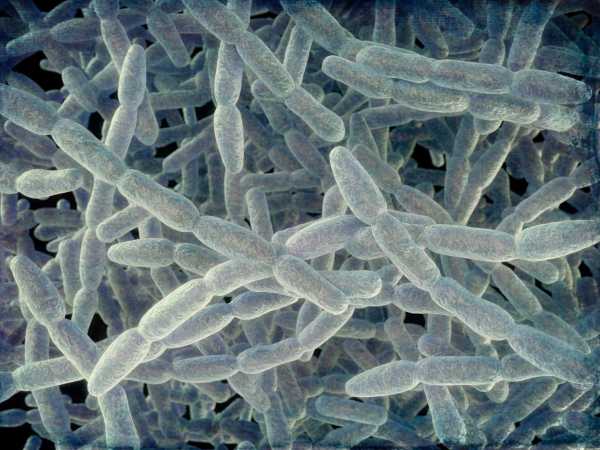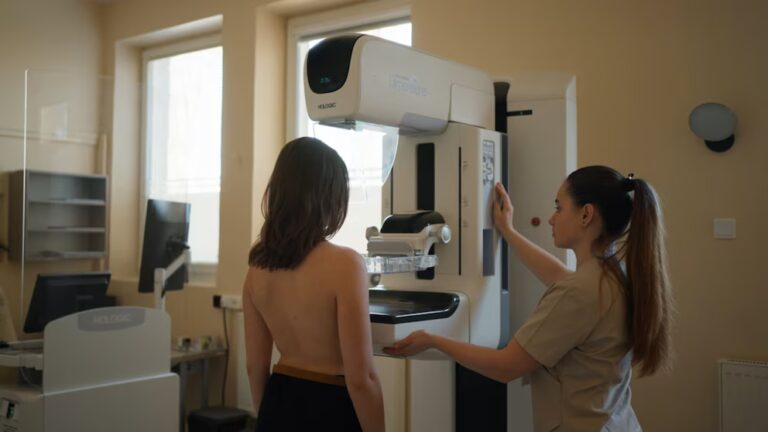The first cases of patients likely contracting Legionnaires' disease from transplanted organs have been identified in a new report.
The Pennsylvania Department of Health was informed in July 2022, that two patients who recently received lung transplants both had the disease, according to the report published by the Centers for Disease Control and Prevention on Thursday.
The patients had each received a single lung from the same donor and had their operations performed at the same hospital.
MORE: 1 dead, 11 sickened in Legionnaires' disease outbreak in California county
The donor was a man between ages 30 and 39 who fell into a river and was submerged for five minutes or longer, according to the report. Despite attempts to resuscitate him, the man suffered an anoxic brain injury — a complete lack of oxygen to the brain — and was declared brain dead.
His organs were recovered for donation within seven days of his death. At the time, exposure to Legionella bacteria was not suspected and no testing occurred, the CDC said.
However, following the infections, an investigation team — led by the CDC — became suspicious that perhaps the patients had contracted the bacteria from the donor.

An Illustration of Legionella pneumophila bacteria.STOCK PHOTO/Science Photo Library/Getty Images
The first patient was a woman between ages 70 and 79 who received a right lung transplant in May 2022. Nine days later, laboratory results revealed elevated white blood cell counts — a sign of infection, inflammation or injury — and testing later identified Legionella bacteria.
The second patient, a man between ages 60 and 69, received a left lung transplant on the same day and from the same donor.
Unlike the first patient, the man suffered from several post-operative complications, including the need for an ECMO machine, which is when blood is pumped outside the body to remove carbon dioxide and allows the heart and lungs to rest,, as well as treatments for renal failure. It was only revealed he had a Legionella bacterial infection after the first patient tested positive.
The investigation found no other cases of Legionnaires' disease among patients who received other organs — including heart, liver and right kidney — from the same donor. No exposure at the hospital was seen in the six months before or after the two cases.
Additionally, infection from water exposure at the hospital was eliminated as a likely cause after data showed water quality fell within expected ranges.
"Although laboratory testing did not confirm the source of recipient infections, available data suggest that the most likely source was the donor lungs," the authors wrote in the report. "This cluster highlights the need for increased clinical awareness of possible infection with Legionella in recipients of lungs from donors who drowned in freshwater before organ recovery. "
MORE: Florida teen battling suspected case of brain-eating amoeba for over 50 days
Legionnaires' is a severe form of pneumonia caused by inhaling the bacteria in small droplets of water or accidentally swallowing water containing Legionella.
Legionella bacteria are found naturally in freshwater but typically grow best in warm water and in warm to hot temperatures, the CDC said.
The disease is not contagious, but outbreaks can spread if the bacteria get into a building's water supply, including in shower heads, sink faucets, hot water tanks, heaters and other plumbing systems.
Legionnaires' had increased in prevalence over the last decade, reaching a peak of 2.71 cases per 100,000 in 2018, the CDC said.
Although most people recover from Legionnaires' disease with antibiotics, certain patients — including those who are immunocompromised or who suffer from chronic lung diseases — can develop complications that can be fatal.
In the case of the two patients from the report, the female patient received the antibiotic doxycycline and fully recovered. The second patient received the same antibiotic and although he initially experienced a recovery, he died about six months after the transplant after a buildup of mucus in the lungs led to respiratory failure.
Sourse: abcnews.go.com






